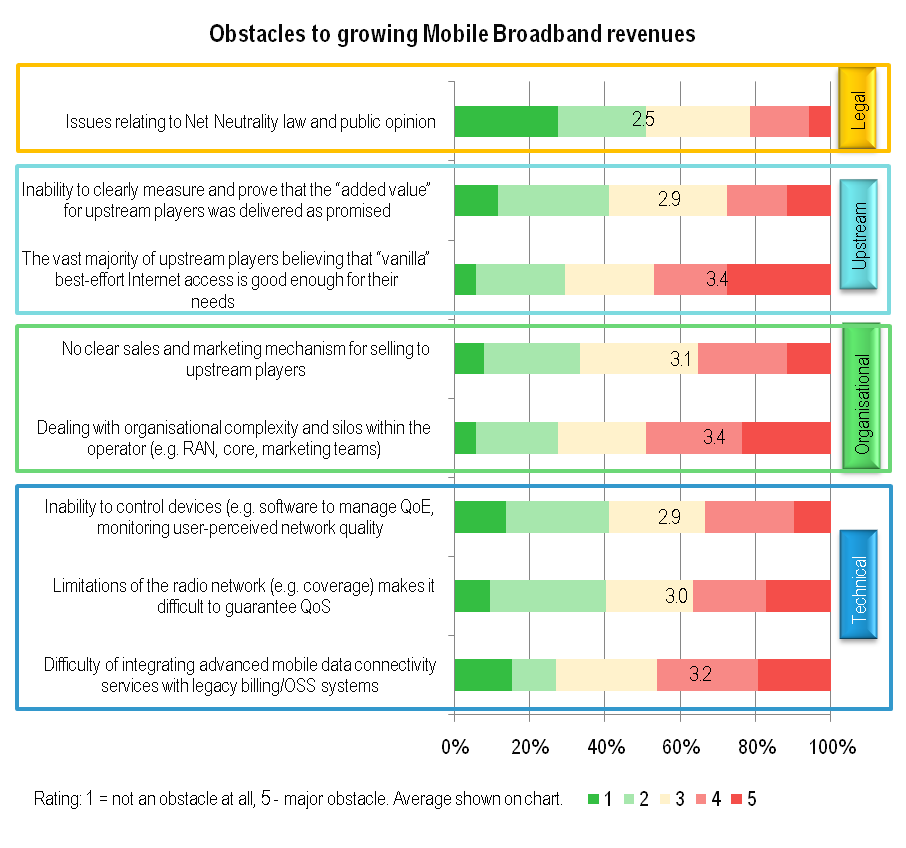 Dave Caputo (picture), Sandvine's CEO was interviewed to Cantech Letter on the DPI market, Sandvine's technology and business status.
Dave Caputo (picture), Sandvine's CEO was interviewed to Cantech Letter on the DPI market, Sandvine's technology and business status. See "Cantech Letter interviews Dave Caputo of Sandvine (TSX:SVC)" - here.
Some quotes:
On Sandvine's Business:
"Telcos that offer DSL services are now the largest component of our customer base and we have very quickly grown a substantial base of mobile service provider customers a group that wouldn’t talk to us a couple years ago. .. One of the [Q1] customers was our inaugural win with our new reseller partner Acision [here], a major systems integrator in the mobile market. We did not lose any notable deals in the quarter. We responded to more RFPs, RFIs and RFQs in Q1 than we did in the fourth quarter of 2010 and the sales funnel has never been larger .. On a quarterly or annual basis, it’s more difficult to predict what will happen as one or two large deployments in one part of the world can skew our results over such a short period."
Products and solutions:
".. We can measure network quality, mitigate malicious traffic, like Spam, and enhance the efficiency of third party solutions, like network caches, by directing only the relevant network traffic to them (e.g., only cacheable traffic).. We also announced our new Policy Traffic Switch 22000 platform [here], which is ideal for both fixed line and new mobile LTE networks .. Deployed at the edge, the new platform will be able to intersect certain network links that let us gather critical information to enable unique policy opportunities for service providers to run their networks more efficiently and increase revenue opportunities. We already have a first customer for this exciting new platform.


















































